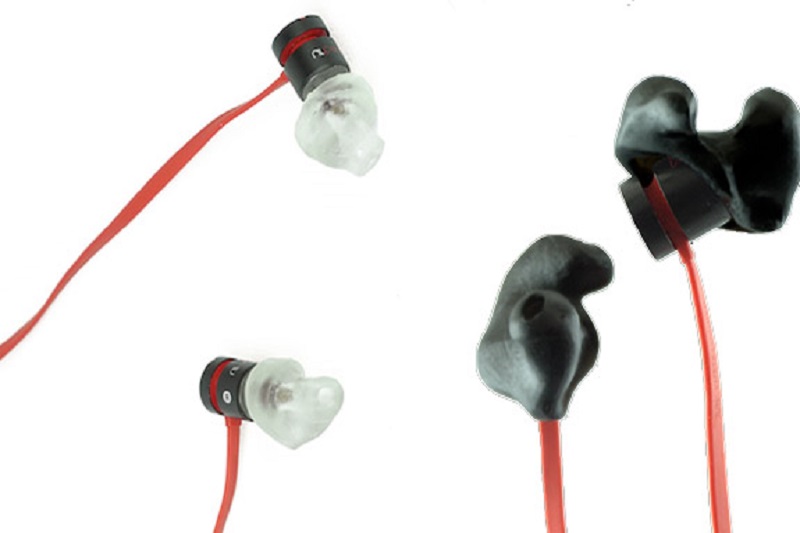
Swinburne University of Technology is leading a new research initiative that is using an ultra-fast 3D printing method to fit users with personalised ear devices in under an hour.
According to a recent press release, Hearables 3D draws on Swinburne research to scan and 3D print customised tips, tailored to the unique ear profile of individuals.
The result is better-fitting earphones and hearing aids.
The custom, 3D printed devices are made using an iPhone’s 3D scanning function and a proprietary system that takes a raw 3D scan and automatically processes it using advance 3D statistical modelling.
Making a difference to the hearing impaired community
Traditionally, similar custom products have relied on uncomfortable, physical moulds, which take days to be made.
Users were often stuck with uncomfortable, pre-made ear tips available in a limited range of sizes.
Moreover, getting a hearing aid usually requires an audiology visit, a moulding process, and a one to two-week wait time.
This project is different because of the ability to acquire the data in a convenient manner using the latest iPhone technology, and the automation system behind it allowing a turnaround time of under an hour, with most people opting for next day delivery.
People often experience the burden of earphones falling our or being uncomfortable. For those who wear hearing aids all day every day, a poorly fitted device is not just uncomfortable, it becomes painful.
Rather than endure the discomfort, users are willing to give up one of their five senses.
Addressing Australia’s hearing loss problem
Hearing loss is becoming an increasingly prevalent problem in society and is cited as the ‘next smoking’.
With this in mind, ear solutions that everyday people like and can access are needed more than ever and where this technology fits.
Sound leakage, which causes users to listen to music at higher volumes and damages hearing, can be prevented by using personalised earphones.
The start-up’s vision is to make custom-fit devices an everyday norm.
Putting in the hard work
The technology needed to deliver such a fast turnaround from 3D scanning to 3D printing is based on the work of Dr Phil Kinsella, who completed his PhD at the University.
His concept was to create and make something that is personally fit for the user, which is accessible and cost effective as well. He credits the University for allowing him to pursue his unique PhD.
Additionally, seed funding was acquired through Swinburne Ventures towards the end of the research and when the results were showing promise.
This has allowed the research to gain a new life as a commercial entity. The start-up is currently seeking to commercialise their product.
















